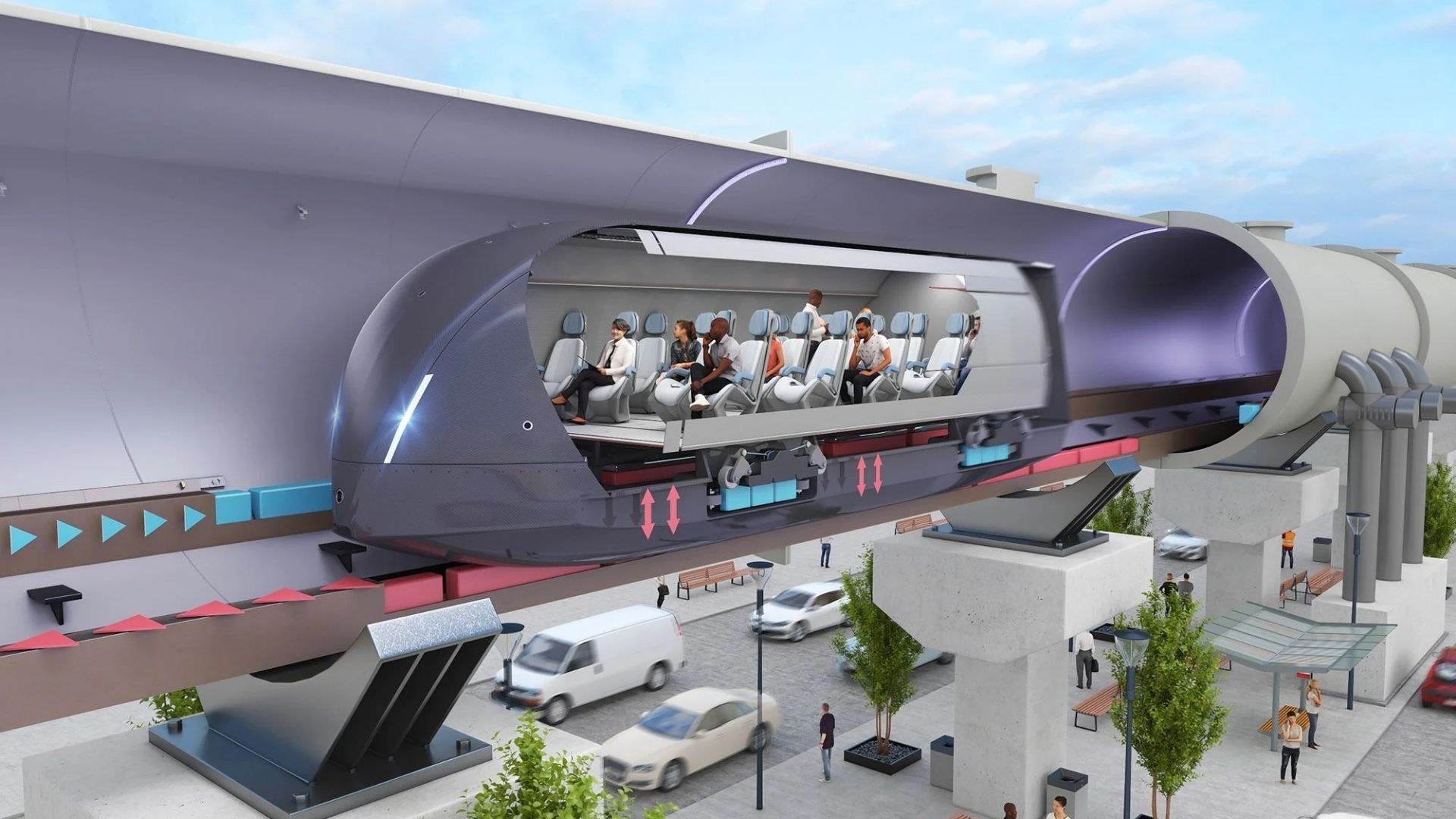In an increasingly interconnected world, the demand for rapid transit options has never been higher. As businesses expand globally and personal travel becomes more frequent, the quest for the fastest mode of transport has led to the emergence of several high-speed travel options. However, speed often comes at a premium. This article delves into the most expensive yet fastest modes of transport, examining their unique features, costs, and the contexts in which they excel.
- The Supersonic Jet: A Leap into the Future
One of the most iconic examples of speed in air travel is the supersonic jet. Although the Concorde, which operated from 1976 to 2003, is no longer in service, the legacy of supersonic travel continues to inspire new designs. Companies like Boom Supersonic are working on the Overture, a jet that promises to cut transatlantic flight times to just over three hours.
Cost Implications: While ticket prices for Concorde flights could soar to $12,000 or more for a round trip, future supersonic flights are expected to be similarly priced, if not higher, due to the advanced technology and fuel costs involved.
Speed Advantage: With cruising speeds of over 1,300 miles per hour, supersonic jets offer a unique advantage for business travelers and those with time-sensitive itineraries.
- Private Helicopters: The Ultimate Convenience
For those who prioritize time over cost, private helicopters provide an unparalleled level of convenience. Helicopters can bypass traffic and reach remote locations that are often inaccessible by other means of transport.
Cost Implications: The hourly rental rate for a private helicopter can range from $1,200 to $3,000, depending on the model and distance traveled. This makes it a luxury option primarily for executives and affluent travelers.
Speed Advantage: Helicopters can travel at speeds of 150 to 200 miles per hour, making them ideal for short-distance travel in urban environments where ground traffic can be a significant hindrance.
- High-Speed Trains: The Gold Standard of Rail Travel
Countries like Japan and France have set the benchmark for high-speed rail travel with their Shinkansen and TGV systems, respectively. These trains can reach speeds of up to 200 miles per hour and are known for their punctuality and efficiency.
Cost Implications: While tickets for high-speed trains can be expensive—ranging from $100 to $300 for a single journey—the overall cost is often justified by the time saved and the comfort provided.
Speed Advantage: High-speed trains offer a unique blend of speed and comfort, making them a preferred choice for business travelers and tourists alike. They also provide a sustainable alternative to air travel, reducing carbon footprints significantly.
- Luxury Yachts: Speed Meets Opulence
For those who equate speed with luxury, high-performance yachts represent the epitome of expensive transport. Brands like Sunseeker and Pershing manufacture yachts that can reach speeds of up to 60 knots (approximately 69 miles per hour).
Cost Implications: The price of a luxury yacht can range from a few million to over $100 million, depending on the size and customization options. Additionally, operational costs, including crew salaries and maintenance, can be substantial.
Speed Advantage: While not a conventional mode of transport for point-to-point travel, luxury yachts offer the fastest way to traverse coastal waters, combining speed with the allure of a lavish lifestyle.
- Hyperloop: The Future of Ground Transport
The Hyperloop concept, popularized by Elon Musk, envisions a system of vacuum-sealed tubes that can transport passengers at speeds exceeding 700 miles per hour. Although still in the developmental phase, several companies are working to bring this revolutionary mode of transport to life.
Cost Implications: The initial investment for Hyperloop infrastructure is expected to be in the billions, and ticket prices will likely reflect this. However, proponents argue that operational costs could be lower than traditional rail systems in the long run.
Speed Advantage: If realized, Hyperloop could drastically reduce travel times between major cities, making it a game-changer for both personal and commercial transport.
Conclusion: The Cost of Speed
In conclusion, the most expensive yet fastest modes of transport vary widely in their applications, costs, and technologies. From supersonic jets and private helicopters to high-speed trains and luxury yachts, each option caters to specific needs and preferences. As technology continues to evolve, the landscape of high-speed travel will undoubtedly expand, offering even more innovative solutions for those willing to invest in speed. Ultimately, the choice of transport will depend on individual priorities—whether that be time, luxury, or a combination of both.


